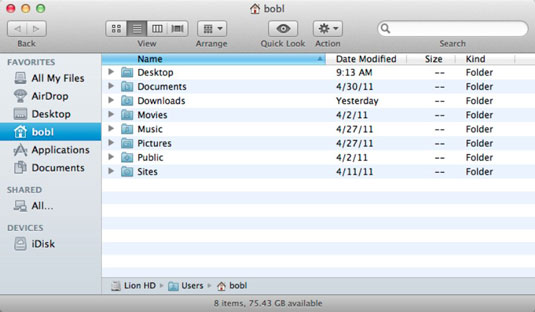
But it's easier to double-click on the name of a directory that you want to open, double-click the name of a file that you want download, and drag and drop a file from your Mac to the Fetch screen to upload it or vice versa. You can highlight a file and click Get to download it, or click Put to open up a Mac file dialog box to select a file to upload.

Then example1's home directory on tigger will be displayed in Fetch's screen:.You can use them from the heart dialog box. The shortcuts are listed in Fetch's other screen, Fetch Shortcuts, which is at the top left of your desktop, where you can delete or edit them.

If you also click Make this the default shortcut, it will be opened by default for you when you open Fetch. The default name for the shortcut will be the host name. This opens another dialog box where you enter the name for the shortcut.
Enter the hostname when prompted by the dialog.Under the Server column, click on the + icon to add a new connection.Select Shell then New Remote Connection.Ssh save a remote connection (so that you don't have to type in the command every time): For example, if user example1 wants to connect to, she would type: Ssh is your UIC NetID and hostname is the hostname of the server you are trying to connect to. Double-click on the icon to start the client.

Mac OS X/macOS has a built-in SSH client called Terminal, and a popular SFTP client called Fetch is available to the UIC community.īy default, the Terminal.app is located in Applications > Utilities folder.


 0 kommentar(er)
0 kommentar(er)
